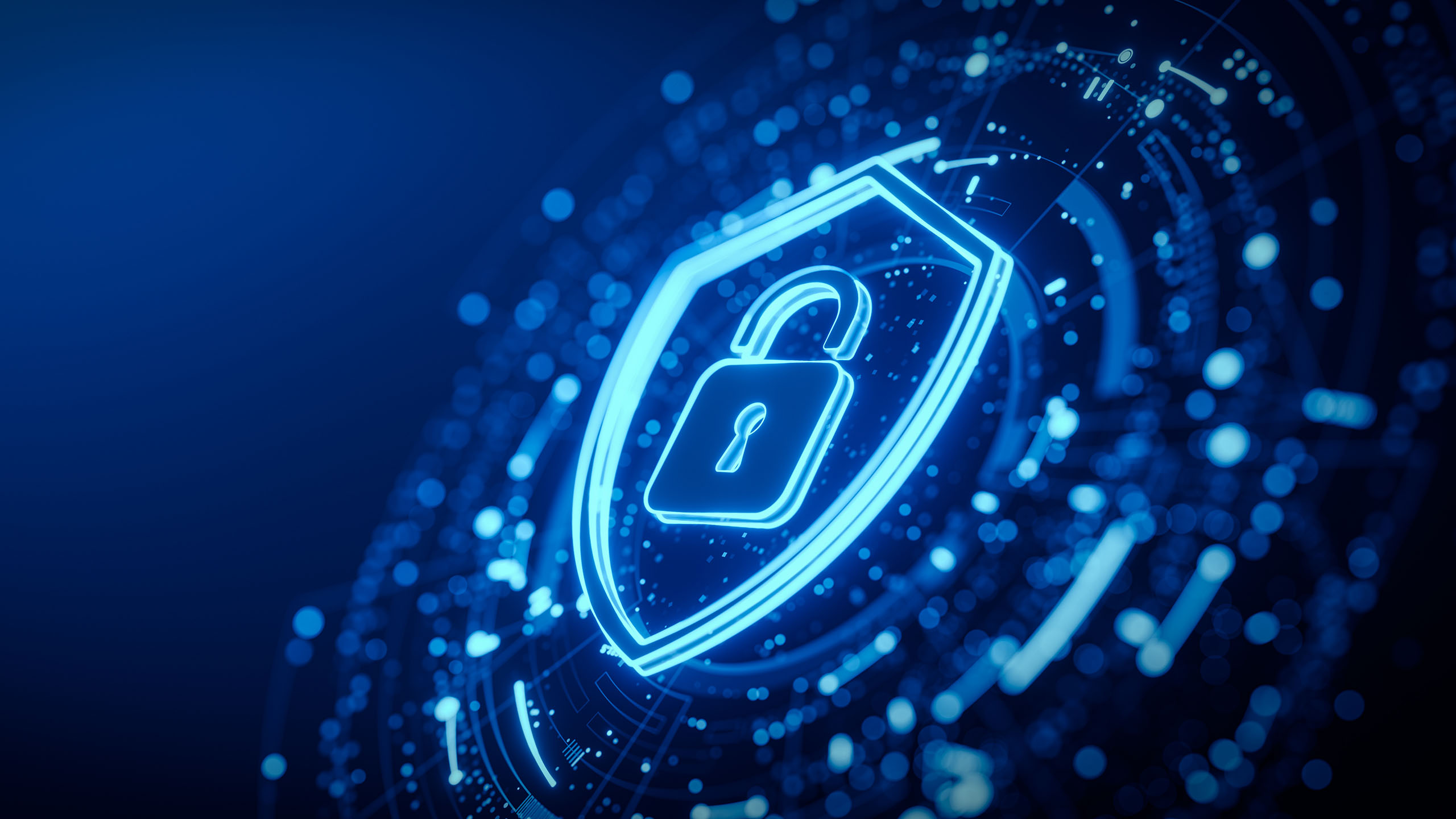
Whitelisting Applications for Enhanced Security in Windows
Introduction
Antivirus software is essential for protecting computers from malicious threats, but it has limitations in preventing users from installing malicious programs. To address this issue, whitelisting can be implemented to create a controlled environment where only authorized applications are permitted to run.
What is Whitelisting?
Whitelisting involves creating a list of approved programs that are allowed to run on a computer. All other applications are automatically blocked, preventing unauthorized or potentially dangerous software from accessing the system.
Benefits of Whitelisting
- Enhanced security: Whitelisting effectively blocks unknown malware, even those not yet identified by antivirus databases.
- Protection from users: Prevents family members, employees, or school children from installing malicious programs without administrative authorization.
- Simplified administration: Streamlines software management by restricting installations to approved applications.
How to Configure Whitelisting in Windows
Using Local Security Policy
- Open the Local Group Policy Editor (gpedit.msc).
- Navigate to Application Control Policies > AppLocker.
- Right-click on Executable Rules and select "Create Default Rules."
- Specify the folders to apply the default rules to (e.g., C:\Program Files, C:\Program Files (x86), C:\Windows).
- Click "Create."
Using Cyberlock
- Install and launch Cyberlock.
- It automatically scans the system and creates a whitelist.
- Notifications appear whenever an application is downloaded, installed, or run without a signature.
- Choose between Block, Sandbox, or Allow.
Windows Smart App Control
- Available in Windows 11 and later.
- Only activated if the user primarily uses standard applications.
- Monitors usage and allows only digitally signed or AI-approved applications.
Kiosk Mode
- Restricts Windows to running a single application.
- Used for unattended presentations or marketing displays.
Additional Considerations
- Whitelisting does not replace antivirus software.
- Standard users cannot add programs to the whitelist.
- Windows Smart App Control and Kiosk Mode are less comprehensive than AppLocker and Cyberlock.
- Customizing whitelisting rules requires advanced technical knowledge.
Enabling Local Security Policy in Windows Home
- Open Command Prompt (cmd) as administrator.
- Enter the commands:
- FOR %F IN ("%SystemRoot%\servicing\Packages\Microsoft-Windows-GroupPolicy-ClientTools-Package~*.mum") DO (DISM /Online /NoRestart /Add-Package:"%F")
- FOR %F IN ("%SystemRoot%\servicing\Packages\Microsoft-Windows-GroupPolicy-ClientExtensions-Package~*.mum") DO (DISM /Online /NoRestart /Add-Package:"%F")
Conclusion
Whitelisting is a powerful security measure that enhances the protection of Windows systems by preventing the installation and execution of unauthorized applications. By creating a controlled environment, it minimizes the risk of malware infections and unauthorized software installations, providing administrators with greater control over their systems.
